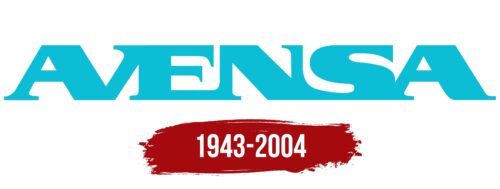Avensa: Brand overview
Avensa started on May 13, 1943, during significant changes in Venezuela. The country was growing quickly thanks to its oil industry, and the creation of this national airline demonstrated Venezuela’s ambition to modernize and look forward.
During its early years, the company grew steadily. It connected Venezuela with the world by starting new routes and using modern planes. By the 1950s, it was known for its luxury and was the top choice for Venezuela’s elite and international travelers.
The 1960s and 1970s were prosperous for Venezuela, and the company did well. It expanded significantly because the country made much money from oil and became a symbol of national pride.
The 1980s were more challenging. Oil prices dropped, the country’s debt grew, and political instability increased. This hurt the economy and made things tough for the company. It faced less demand for flights, higher costs, and more competition.
During the 1990s, it struggled to keep going, making changes and restructuring its operations. But by the early 2000s, it became clear that things were not going well.
The airline stopped operating on December 31, 2004. This was a significant loss for many people in Venezuela and marked the end of an era.
Meaning and History
What is Avensa?
It was a former Venezuelan airline based in Caracas, providing regular passenger services to domestic and international destinations. The company operated a diverse fleet of aircraft, including narrow-body and wide-body planes such as the Boeing 737, McDonnell Douglas DC-9, and Airbus A300, serving key routes and connecting Venezuela with destinations in the Caribbean, North America, and South America.
1943 – 2004
The creators of the emblem made the name Avensa almost unreadable by combining all the letters. The left diagonal of the letter “V” completely merged with the letter “A,” making it very wide. To balance the lettering, the designers had to similarly thicken the other glyphs and add characteristic serifs to delineate the letters. The logo uses the symbolic azure color associated with the sky and is related to the airline’s field of activity.
Blending the letters is an artistic choice meant to demonstrate unity or fluidity. The azure color is reminiscent of the sky and evokes a sense of tranquility and freedom, potentially in line with the idea of air travel.





